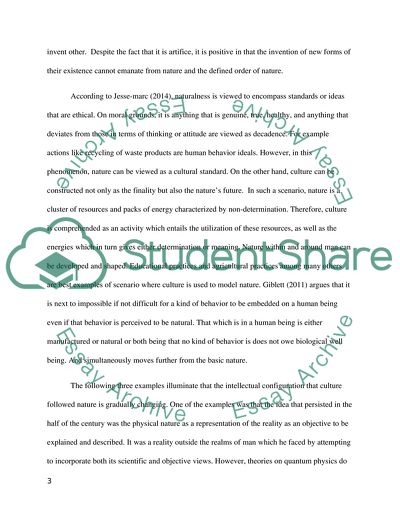Cite this document
(“Understanding Culture Essay Example | Topics and Well Written Essays - 3750 words”, n.d.)
Retrieved from https://studentshare.org/literature/1689200-understanding-culture
Retrieved from https://studentshare.org/literature/1689200-understanding-culture
(Understanding Culture Essay Example | Topics and Well Written Essays - 3750 Words)
https://studentshare.org/literature/1689200-understanding-culture.
https://studentshare.org/literature/1689200-understanding-culture.
“Understanding Culture Essay Example | Topics and Well Written Essays - 3750 Words”, n.d. https://studentshare.org/literature/1689200-understanding-culture.


